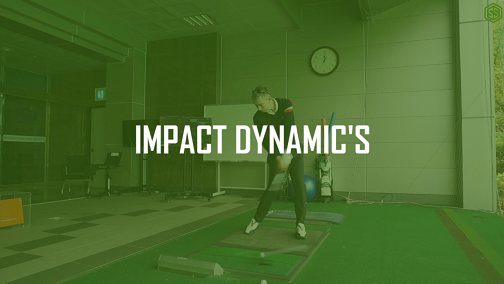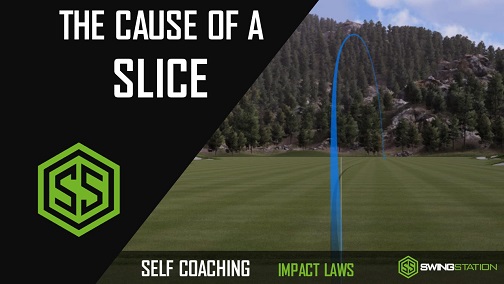What is Hanging Back?
How to check if you are hanging back
When a golfer “hangs back”, their weight does not shift correctly back onto the lead side on the downswing. This results in a lack of power and the inability to create a consistent strike on the golf ball. This will also usually result in a premature release of the wrists angles, as the player is trying to advance the club with their arms rather than with the correct weight shift and pivot.
What TPI have to say about Hanging Back:
There are several physical limitations that can lead to Hanging Back. First of all, any problem that limits the player’s ability to post into their lead leg can cause them to Hang Back. Mobility restrictions in the lead hip and ankle or stability dysfunction in the core or lead leg can all make posting-up very challenging. Second, a reverse pivot (reverse weight shift) can cause Hanging Back. A reverse pivot is when too much weight is put on the lead leg during the backswing, and then there is a corresponding weight shift to the back leg on the downswing. This can be the result of an inability to properly load the trail leg during the backswing. The same limitations described for the lead leg can also affect the trail leg. Lastly, a lack of power with the lower body can cause a player to have a reduced weight shift. Many times, when the upper body is the primary power source in a golf swing, the lower body lags behind, and the arms and upper body become the dominant action in the golf swing. This can start to reduce or eliminate the proper weight shift on the downswing and lead to Hanging Back.
If you suffer from Hanging Back, focus on articles and tips based on;
Weight Transfer
Ground Force
Transition
Pivot
Correct Downswing
Balance
For a page dedicated to Hanging Back with Fixes & Drills visit: https://swingstation.com/hanging-back/
Transcript
A hanging backswing fault. This is where a player will fail to transfer their weight to their lead leg, or their left leg directly in the downswing. This will make it very difficult to hit the ball solid and compress the golf ball. Often, you’ll get a weak ball flight, losing distance. Here’s how I want you to test if you’ve got a hanging backswing fault: I want you to draw a line from your left ankle, vertically up and run your seeing through to the impact position. If you’re transferring your weight correctly, your left leg will be just touching this line. If you’re hanging back, your left hip will not go over this line, probably with more weight on your right foot than your left foot.




